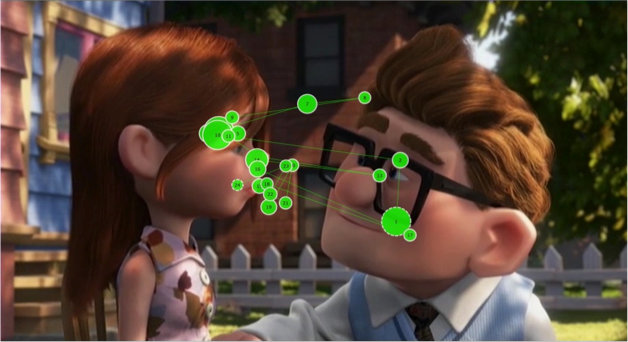
Exhibit 15.8 Gaze plot of a viewer in a scene from the movie Up.
(Source: How we came to Eye Tracking Animations —
Craig Batty, Claire Perkins and Jodi Sita.)
Fixations refer to the stable points where the eye
remains fixated for a period of around 100 milliseconds or more, while saccades refer to
the rapid movements between fixations.
Gaze point is the basic unit of measure of eye gaze. If the eye tracker has a sampling frequency of
60 Hz, it captures 60 gaze points per second (or one every 16.67 milliseconds).
A cluster of gaze points, close in time and space, constitutes a fixation. While there is no precise
cut-off defining a fixation, it is believed that durations less than 300ms do not get encoded in memory. In practice,
devices are recoding fixations for periods of 100ms or more.
The eye movements between fixations are called saccades. They are the lines that connect the different
fixations.
When viewing an image or reading a text, longer fixation time might mean that the object in focus is
more engaging, or it could indicate difficulty in understanding or extracting information. More fixations indicate that
the object is more noteworthy, whereas faster time to first-fixation means that it better at grabbing attention.
A scan path or gaze plot describes the user’s gaze pattern as a saccade-fixate-saccade sequence represented
by lines and bubbles, where the size of the bubble indicates the fixation duration. The gaze plot in Exhibit 15.8
involves a jerky movement from one fixation to another. This is typical of most visual images and videos. Similarly,
while reading text, eyes tend to jump and pause.
When driving a vehicle, on the other hand, eyes fixate constantly on the road or the vehicle in front. There are
much fewer saccades and a smoother, more concentrated scan path.